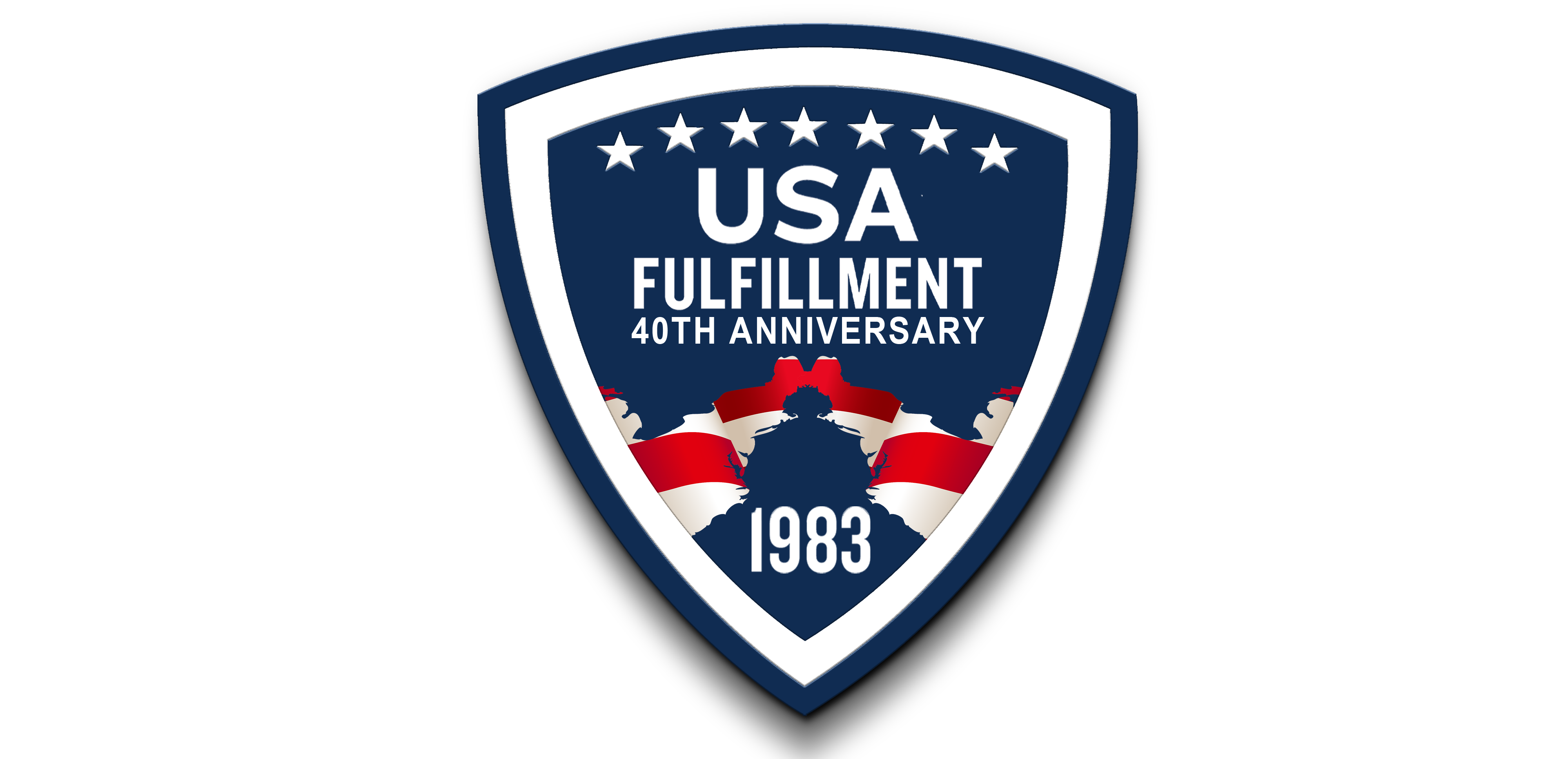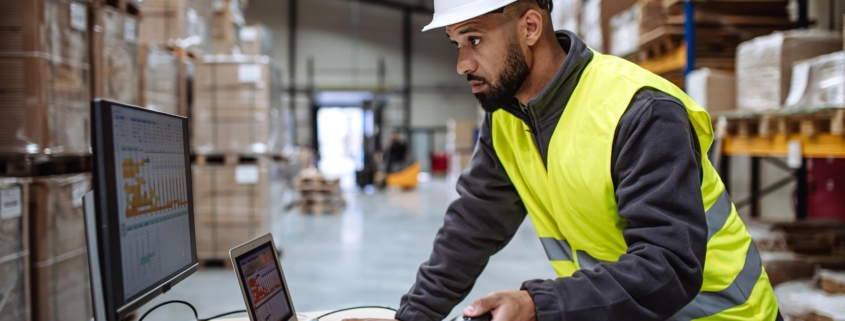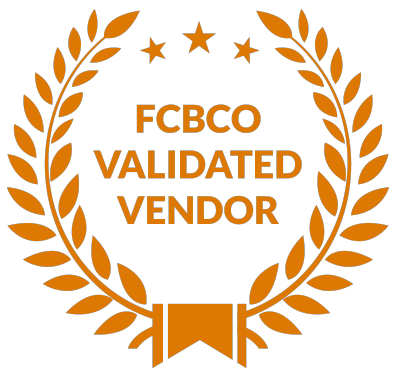Mastering Last-Mile Delivery: Best Practices and Pitfalls
Mastering Last-Mile Delivery: Best Practices and Pitfalls
…
Last-Mile Delivery
Let’s face it—last-mile delivery is where the magic happens, or where everything falls apart. This final, crucial step between your business and your customer can transform a purchase into a lasting relationship or send them running to a competitor. In a world where consumers want everything faster, cheaper, and at their fingertips, mastering last-mile delivery has never been more important. But it’s not just about speed; it’s about creating a seamless experience that keeps customers coming back.
So how do you make last-mile delivery work in your favor without getting lost in the logistics maze? Let’s dive into the best practices and common pitfalls, and see how partnering with a top-tier fulfillment company can give your business the edge it needs to thrive in the modern market.
Best Practices for Mastering Last-Mile Delivery
- Leverage Real-Time Tracking for Transparency
Customers today want more than fast shipping—they want visibility. Real-time tracking allows them to follow their package’s journey from the moment it leaves the warehouse to when it lands at their doorstep. It’s like handing your customers the remote control to their delivery experience. Plus, if there’s any delay, they can be proactively notified, avoiding frustration. Why It Works: Transparency builds trust. When customers know exactly where their package is, their confidence in your brand increases. Not to mention, this cuts down on customer service inquiries asking, “Where’s my order?” - Embrace Smart Route Optimization
Time is money, especially in last-mile delivery. By using technology that optimizes delivery routes, you can ensure drivers take the most efficient paths, avoiding traffic, minimizing fuel costs, and maximizing delivery speed. Companies that excel here are using AI-driven software to predict the best routes, adjusting in real-time for traffic jams or road closures. Why It Works: Faster deliveries, lower costs, and fewer headaches for your drivers. And for the customer? Less waiting time and an even greater likelihood of repeat business. - Offer Flexible Delivery Options
Not all customers want their packages delivered the same way. Some prefer doorstep drop-offs, while others may want in-person handoffs or even package lockers. Offering flexibility—like the ability to schedule deliveries, change addresses on the fly, or pick up at local hubs—adds a layer of convenience that many competitors might not offer. Why It Works: Flexibility puts the power in your customers’ hands, showing that you care about their preferences. Meeting them where they are builds a stronger brand-consumer relationship. - Sustainability Shouldn’t Be an Afterthought
In a world increasingly focused on eco-conscious decisions, businesses can stand out by offering green last-mile options. Whether it’s using electric delivery vehicles, consolidating deliveries in a geographic area, or offering eco-friendly packaging, sustainability is a key selling point that modern consumers care about. Why It Works: Customers want brands that align with their values. By integrating sustainability into your last-mile delivery, you’re appealing to eco-conscious shoppers while reducing your environmental footprint.
Assess Current Fulfillment Efforts. Take Quiz Now!
Common Pitfalls in Last-Mile Delivery (And How to Avoid Them)
- Failing to Communicate Delays
No one likes being left in the dark, especially when it comes to their packages. A common mistake many companies make is not communicating delivery delays effectively. Whether it’s traffic, weather, or unexpected warehouse issues, keeping customers informed can make all the difference between a lost customer and a loyal one. Avoid It: Automated updates via SMS or email are a simple but powerful way to keep your customers in the loop. If there’s a delay, let them know ASAP and offer a new estimated delivery time to manage expectations. - Ignoring the Human Element
While automation and technology streamline operations, the human aspect of last-mile delivery is still critical. Drivers are the face of your business—literally. If they’re rude or unprofessional, that reflects poorly on your brand. Similarly, poorly handled packages that arrive damaged are a surefire way to lose customers. Avoid It: Train your delivery personnel to provide exceptional customer service. After all, they are often the only face-to-face interaction customers will have with your brand. Partner with fulfillment providers who prioritize this human element, ensuring that professionalism is always part of the equation. - Underestimating the Importance of Data
Data is the backbone of a successful last-mile strategy. Without it, you’re essentially flying blind. Many businesses fail to use data to track delivery performance, leaving inefficiencies unaddressed and customers dissatisfied. Avoid It: Work with a fulfillment partner that uses robust analytics and reporting tools to track delivery performance, identify bottlenecks, and constantly improve. Data-driven decisions lead to better performance and customer satisfaction.
Why Outsourcing Last-Mile Delivery Can Give You an Edge
If mastering last-mile delivery sounds overwhelming, don’t worry—you don’t have to do it alone. Partnering with a top-tier fulfillment company can provide the tools, technology, and expertise to upgrade your last-mile delivery without the headache of handling it all in-house. Here’s how outsourcing can give your business a major boost:
- Instant Access to Technology
The right fulfillment partner will have access to cutting-edge technologies like AI-driven route optimization, real-time tracking, and automated communication systems—all of which improve the customer experience while reducing costs. - Scalability and Flexibility
As your business grows, so will your delivery needs. A fulfillment partner can scale with you, whether you’re delivering locally or globally. Plus, they can offer flexible solutions to meet fluctuating demands, such as during peak shopping seasons. - Cost-Effective Operations
Maintaining your own last-mile fleet can be expensive. Outsourcing can eliminate the need for investing in vehicles, drivers, and tech infrastructure, allowing you to focus on growing your business while your fulfillment partner handles the logistics. - Expertise at Your Fingertips
A great fulfillment partner brings a wealth of experience and know-how. They’ll help you avoid the pitfalls we mentioned earlier and ensure that your delivery process runs smoothly, from the warehouse to the customer’s doorstep.
Future-Proof Your Business by Mastering Last-Mile Delivery
In e-commerce, last-mile delivery is more than just the final step—it’s the moment your brand makes its mark. Getting it right isn’t optional anymore; it’s essential for survival in an increasingly competitive market. From optimizing routes to offering flexible delivery options, mastering last-mile delivery can give you a significant advantage over your competitors.
And the best part? You don’t have to go it alone. By partnering with a fulfillment company that prioritizes innovation, transparency, and customer satisfaction, you’ll stay ahead of the curve and set your business up for long-term success. So, what are you waiting for? It’s time to rethink, refresh, and revolutionize your last-mile delivery operations.
Interested in learning more? Give us a call, we’d love to chat!




